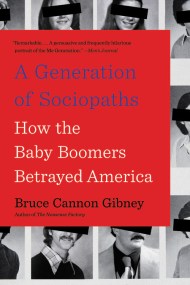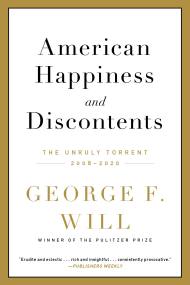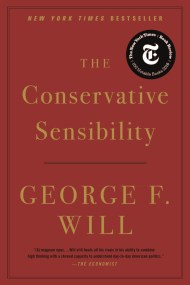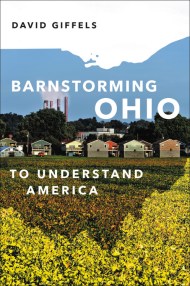Promotion
Use code BEST25 for 25% off storewide. Make sure to order by 11:59am, 12/12 for holiday delivery!
By clicking “Accept,” you agree to the use of cookies and similar technologies on your device as set forth in our Cookie Policy and our Privacy Policy. Please note that certain cookies are essential for this website to function properly and do not require user consent to be deployed.
The Nonsense Factory
The Making and Breaking of the American Legal System
Contributors
Formats and Prices
- On Sale
- May 12, 2020
- Page Count
- 544 pages
- Publisher
- Grand Central Publishing
- ISBN-13
- 9780316475280
Price
$19.99Price
$24.99 CADFormat
Format:
- Trade Paperback $19.99 $24.99 CAD
- ebook $14.99 $19.99 CAD
- Audiobook Download (Unabridged) $38.99
This item is a preorder. Your payment method will be charged immediately, and the product is expected to ship on or around May 12, 2020. This date is subject to change due to shipping delays beyond our control.
Buy from Other Retailers:
-
"Law schools seeking a good overview could save themselves the trouble and just assign entering students [The Nonsense Factory].... A plain-English "wide-angle critique" of the legal system... Ambitious.... Non-lawyers and many attorneys, too, will certainly have a better sense of what ails our justice system after reading this book."Washington Post
-
"The Nonsense Factory is a provocative polemic on the sorry state of American law. Whether you chiefly blame the Supreme Court or Congress or law professors or We The People ourselves--and whether or not you buy into every count of his indictment--Gibney's book raises serious questions about how we govern ourselves."David A. Kaplan, author of The Most Dangerous Branch: Inside the Supreme Court's Assault on the Constitution
-
"A diligent, carefully considered overview of the law and its many facets.... Gibney is an insurrectionist with a heavy mind but a light heart.... His overarching intellectual project is a deeply admirable, and indeed, a patriotic one. He's willing to take a little heat to get some new ideas out there, and he's willing to make a few enemies in the process. By applying his deeply agile mind to the seemingly intractable obstacles of our democracy, he implicitly and crucially demonstrates the belief that real solutions exist."Lawyers, Guns, and Money
-
"A keen, lively deconstruction of the American legal system's seemingly countless flaws."Kirkus Reviews
-
"Gibney is ... often funny, and his criticisms are serious, well-argued, and provocative."Publishers Weekly
-
"Gibney (A Generation of Sociopaths) boldly declares that these chaotic times have been long-developing in the legal realm.... A timely investigation of the 'Imperial Presidency' considers the history and dangers of executive power. Ultimately, Gibney calls for structural reform and corrective actions.... Civic-minded readers .... will enjoy this ambitious and wry polemic on America's legal system."Library Journal
-
"Monumental and hugely entertaining...smart, funny, incisive...."Good Law Bad Law podcast with Aaron Freiwald
-
"[A] sweeping new study of America's legal system."Jeff Jacoby, Boston Globe
-
"Really interesting book... stirring the pot."The Young Turks
Newsletter Signup
By clicking ‘Sign Up,’ I acknowledge that I have read and agree to Hachette Book Group’s Privacy Policy and Terms of Use







